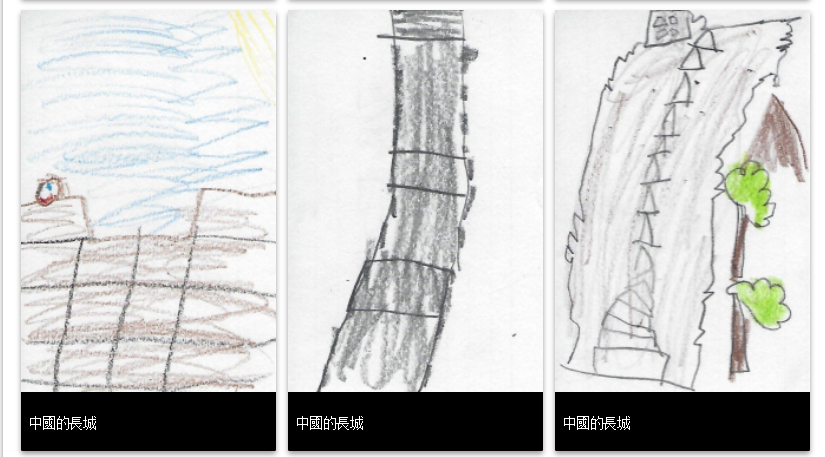Summary
Prior to this lesson, students create their own political parties. They research policy issues, choose their party’s stance on issues and create an “image” for their party. In this lesson, students create their own campaign commercial(s) including a script, props, and actors. Their commercial(s) represents the political views of the party and their position on policy issues. This lesson will promote critical thinking about information, point of view, and sources. Students choose to have their commercials videotaped when presented in class or videotaped outside of class.
TIPC Ratings
Although research and information fluency were not addressed in this lesson, students use information and knowledge gained from previous research activity to formulate script, major policy issues, strategies, etc., for their campaign commercial. As a part of their action plan, students generate six quality questions (and answers) that they feel other groups would benefit from knowing. As a group, students determine the most effective digital tool for their commercial to convey their point of view and influence their target audience.
Students formulate groups based on the views of the political party they created previously. Student groups create and produce a campaign commercial to represent their party’s platform and garner votes. They work together to generate an action plan to ensure efficiency of time and utilization of the talents of each group member. The action plan consists of: name of group & group members, roles for group members, description of the target group of voters, strategies to appeal to voters, commercial script, best or most effective digital tool(s) for producing their commercial, pertinent questions (and the answers) that other groups would benefit from knowing. In the reflection section of the action plan, each group reflects on how well they worked together; ethics used to create the commercial; things the group would do differently to work better together in the future and the best method(s) of exposing their commercial to large audiences. For example, commercials are posted on Vimeo.com, thus enabling students to reach a larger audience and merit comments.
Students apply critical thinking to formulate six good questions (and answers) that would be beneficial for other groups to know regarding campaign commercials. Students determine which campaign strategies to use in their commercials as well as persuasive facts, images, and video clips to include. They think critically about the goal of their commercials and formulate a script based on persuasion techniques and factual evidence. In the reflection section of the action plan, students reflect on the process they used to construct good questions (and answers) that other groups would benefit from knowing regarding campaign commercials. They also rethink their group experience and make predictions for future improvement.
Student groups craft an action plan to facilitate the creation and completion of their commercials. Based on prior research, students analyze existing campaign commercials to determine how best to produce their own. After they create their original campaign commercial, students reflect to determine techniques and strategies that will assist them in working better and more creatively with each other in the future.
Download Files
CampaignCommercialDocuments

Contents:
- Lesson Plan
- Rubric for Campaign Commercials
- Action Plan





